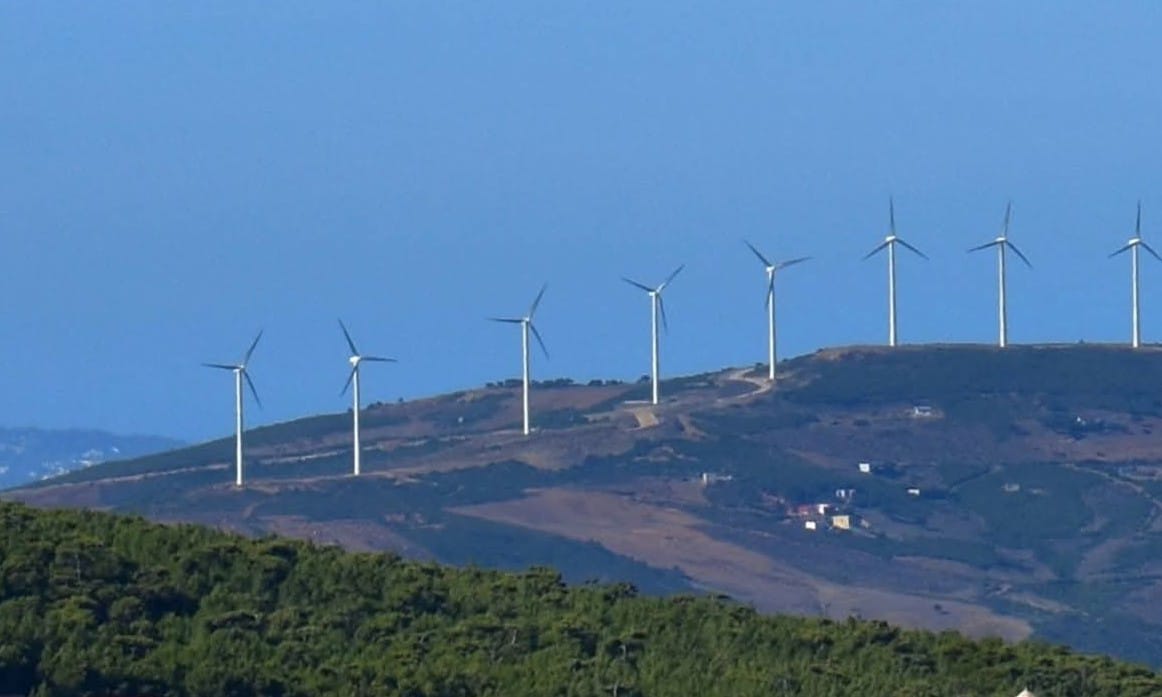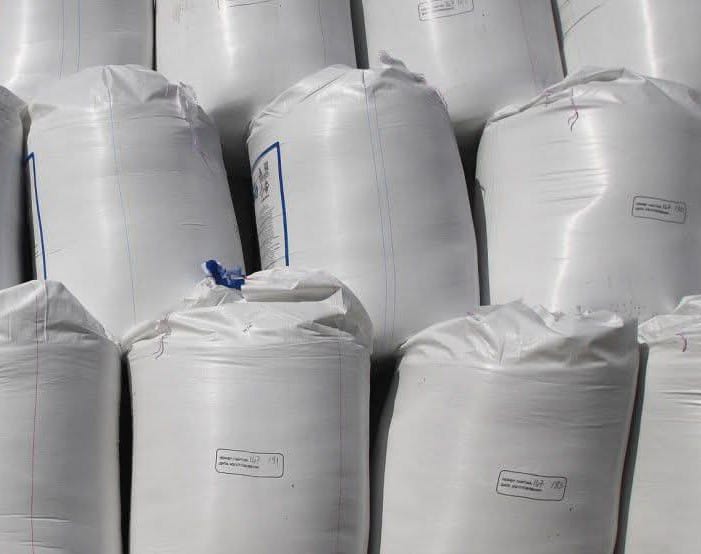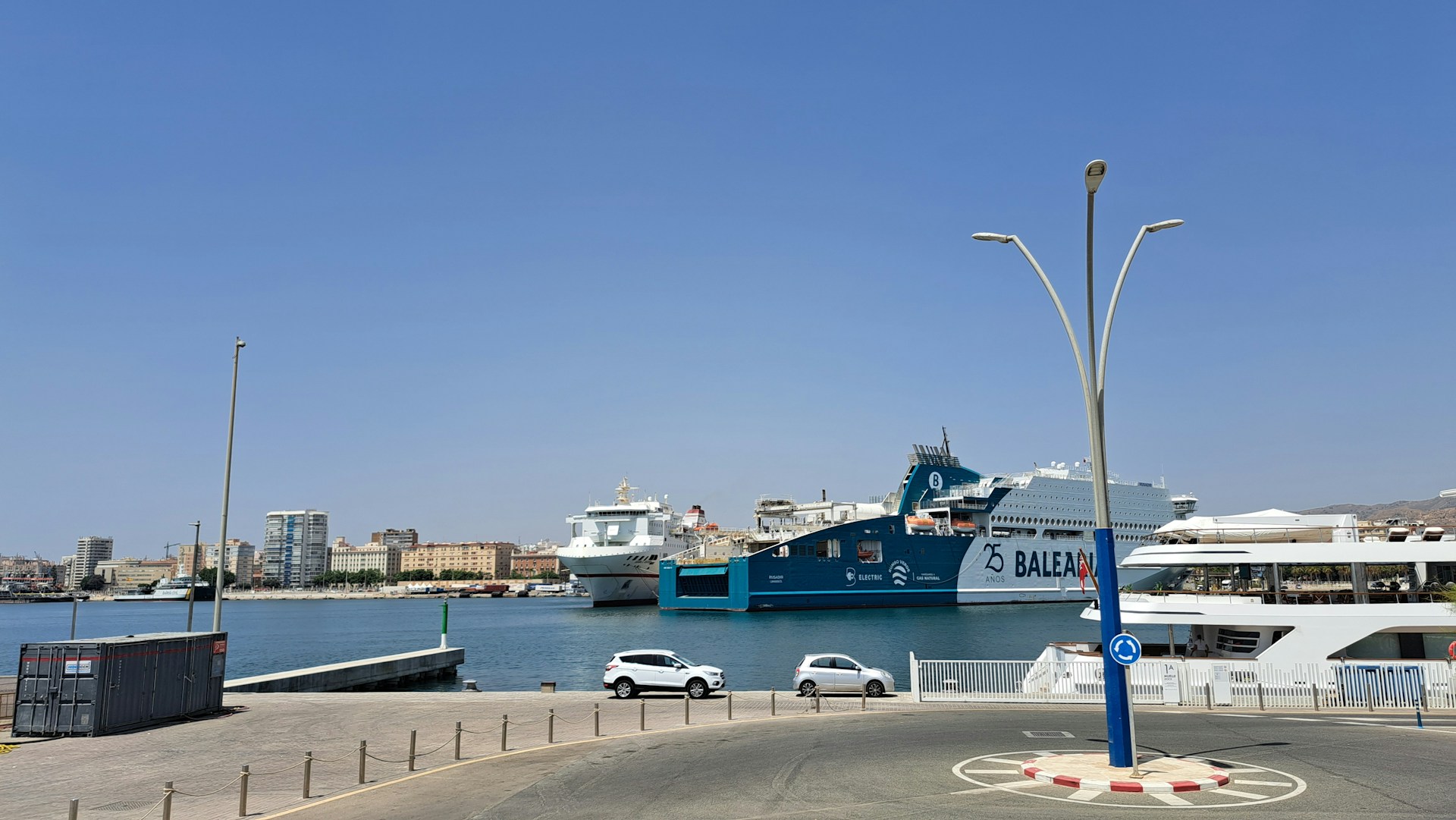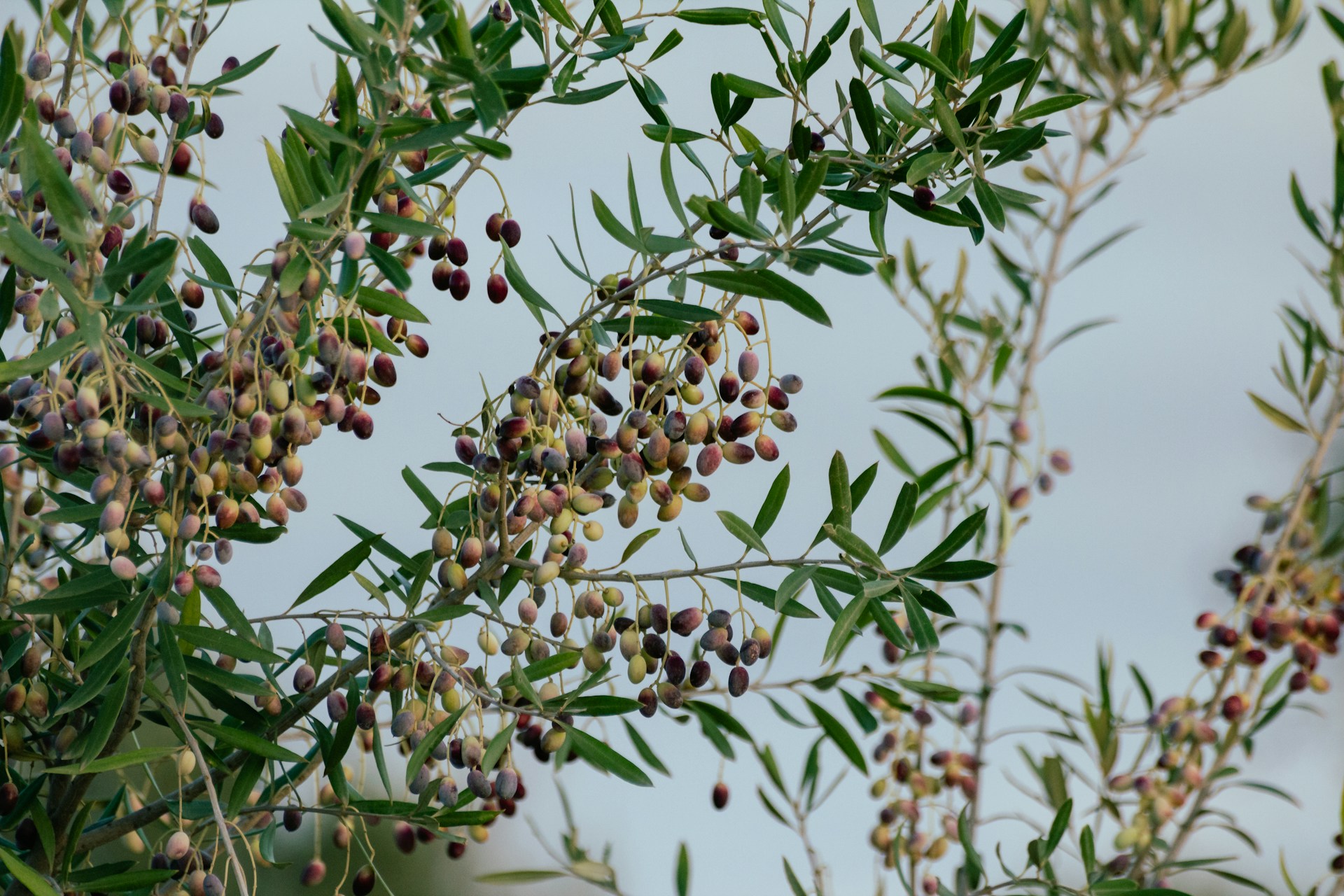Casablanca – Morocco has reinforced its standing as the top supplier of small citrus fruits to the European Union, with exports exceeding 95,000 tons in the first five months of the 2024/2025 season. This surge highlights the country’s growing dominance in the European citrus market, particularly for mandarins, clementines, and small lemons.
Record growth in citrus exports
According to a report by the European Commission’s Directorate-General for Agriculture and Rural Development, Morocco shipped 95,654 tons of small citrus fruits to the EU between October 2024 and February 2025. These exports followed a steady upward trajectory, starting at 2,055 tons in October, peaking at 27,399 tons in January, before slightly declining to 25,144 tons in February.
In addition to small citrus fruits, Moroccan orange exports to the EU also recorded an increase. The total volume reached 2,887 tons during the same period, climbing from 26 tons in October 2024 to 1,186 tons in January 2025, before slightly dropping to 784 tons in February.
Morocco’s market leadership
With these numbers, Morocco has secured its position as the largest supplier of small citrus fruits to the EU. Turkey ranked second with 42,060 tons, followed by South Africa with 33,406 tons.
The EU’s total citrus imports during this period reached 277,140 tons, showing a rising demand for citrus products. Imports climbed from 43,341 tons in October 2024 to 48,578 tons in February 2025.
As for oranges, EU imports totaled 269,000 tons in the first five months of the season. South Africa led the market with 155,599 tons, followed by Egypt with 74,333 tons.
Factors behind Morocco’s export growth
This strong performance is attributed to improvements in production quality, government support for the agricultural sector, and favorable weather conditions that boosted yields. The Moroccan government has implemented policies aimed at enhancing citrus farming techniques, expanding export markets, and improving post-harvest handling to meet strict EU standards.
Morocco also overcame past challenges related to the Mediterranean fruit fly (Ceratitis capitata), which had previously led to rejected shipments. The development of advanced packing and cold storage facilities has helped eliminate this issue, ensuring compliance with EU phytosanitary regulations.
Challenges and future outlook
Despite these successes, concerns remain about the impact of rising exports on the domestic citrus market. Some analysts warn that increased shipments abroad could lead to higher citrus prices in Morocco, affecting local consumers.
Predictions indicate that Morocco’s citrus exports will decline in the coming months due to seasonal factors. During the summer, domestic demand rises, while Spain’s citrus harvest gives it priority access to the EU market—a pattern that has also impacted Morocco’s tomato exports to Europe.
However, Moroccan citrus exports could continue growing due to ample rainfall and expanding cultivated areas, which could increase yields, particularly for mandarins and navel oranges.
Moroccan citrus is also more cost-effective compared to Spanish and French products, thanks to lower production costs. This price advantage enhances Morocco’s competitiveness in Europe, particularly in markets sensitive to cost fluctuations.
Balancing exports and sustainability
While Morocco’s citrus exports generate valuable foreign currency, some experts caution that the practice also raises concerns about water consumption. As a semi-arid country, Morocco exports significant amounts of virtual water through its agricultural products. This has sparked discussions about the long-term sustainability of increasing exports, particularly for water-intensive crops like citrus fruits.
Ultimately, the challenge for Morocco will be to strike a balance between boosting exports and maintaining stable domestic supply, ensuring both economic growth and resource sustainability.
With its strategic market position, ongoing agricultural advancements, and strong government backing, Morocco is well-positioned to maintain its lead in citrus exports while navigating future challenges in global trade and sustainability.
















